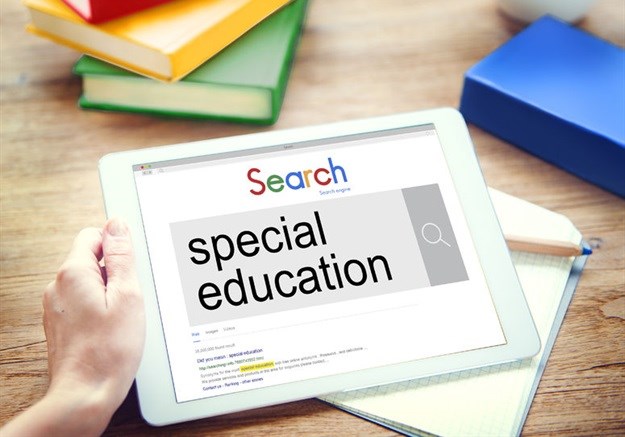
That’s why we’re so excited to see that more and more educational professionals are heeding the call for a more personalised, technology-rich approach to creating learning material. We recently learned that the University of Pretoria is currently developing guidelines for designing better learning applications for children with Autism Spectrum Disorder. The study is still at an early stage, but by understanding what holds the learners’ attention and comparing that to how non-ASD learners interact with educational apps, the researchers hope to find patterns in the interactions between the learner and the technology.
If successful, this has the potential to reach far beyond autistic learners and present a myriad of new, tech-driven learning options to millions of other neuro-atypical learners, including those suffering with ADHD and dyslexia, and even those who simply have disparate learning styles that do not benefit from current schooling systems.

Children who fall into the autism spectrum have plenty of challenges to contend with in a traditional schooling environment, as do children suffering from attention deficit disorders and dyslexia. Many of these can be effectively addressed using online educational platforms, which give learners the power over their own educational pace and style.
Autistic children and those suffering with ADHD are often struggling as much on an interpersonal and social level as they are on an academic one. They can find the bustling classroom environment overwhelming and over-stimulating, leading to poor concentration and a lack of retention and understanding of classroom-taught concepts. The University of Pretoria’s research shows that such children are far better at interacting with technology while learning, rather than people, because emotion is taken out of the equation, allowing learning to happen in a more relaxed and less distracting environment.
Reading is not always the best method to help young minds absorb information, and this is all the more true in the case of children with dyslexia. Dyslexic children face an incredibly difficult uphill battle when it comes to reading-based learning. This can be effectively addressed if the pace and style of learning is adjusted to their needs, but in a traditional classroom environment, it is almost never a possibility. Assisted learning platforms that can be accessed after school hours go a long way to provide such learners the more relaxed speed and engaging, multimedia learning styles that have been shown to help dyslexic students keep pace and even excel at school.
Everybody learns differently, and research shows that offering a range of different content styles, from slideshows to videos and audio, is the best way to cater to a wider range of students and achieve academic improvement. In a crowded classroom setting, all students are forced into a single learning style, at a single pace, which inevitably leaves some children behind. But the advent of computers, smartphones and tablets means it is now easier and more affordable to access many different types of educational content than ever before, and to tailor the delivery of that content to an individual learner.
We can’t wait to see this kind of scientific, data-driven personalisation making an appearance in more and more classrooms (and households) in the future, giving neuro-atypical learners the boost of extra attention they need to build confidence, hone their skills, and achieve success in their studies. With more and more research coming out of academic institutions like the University of Pretoria, it’s almost guaranteed that it won’t be long before personalised digital learning becomes a much more integral part of every South African learner’s academic journey.